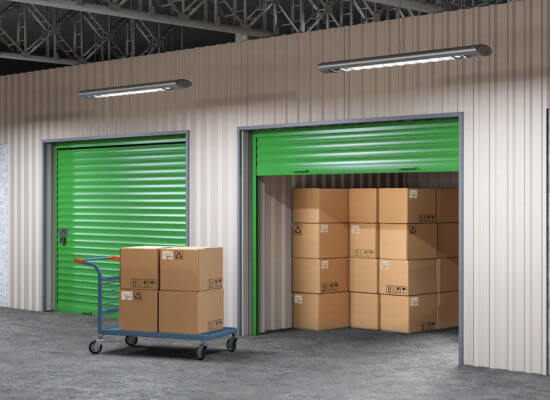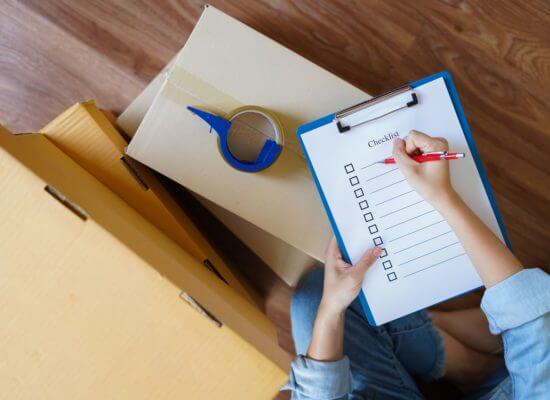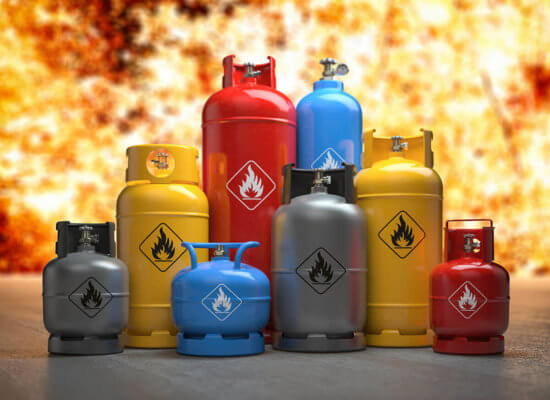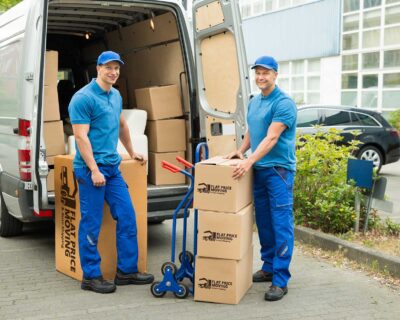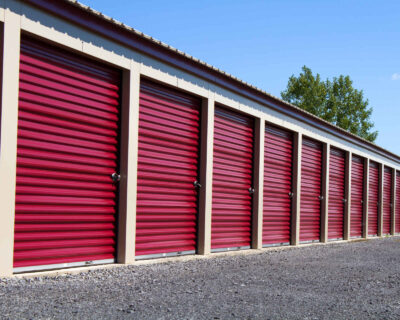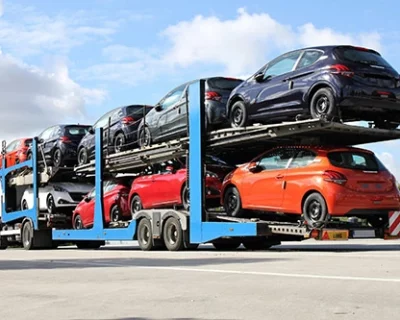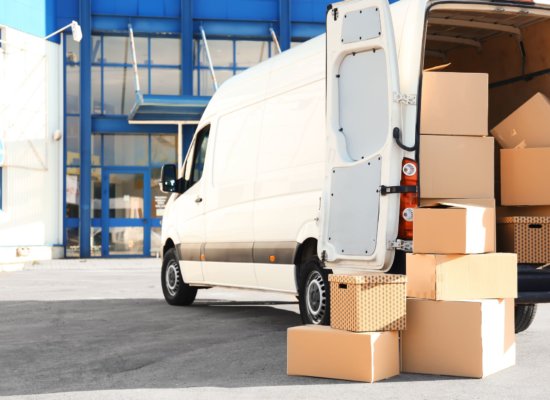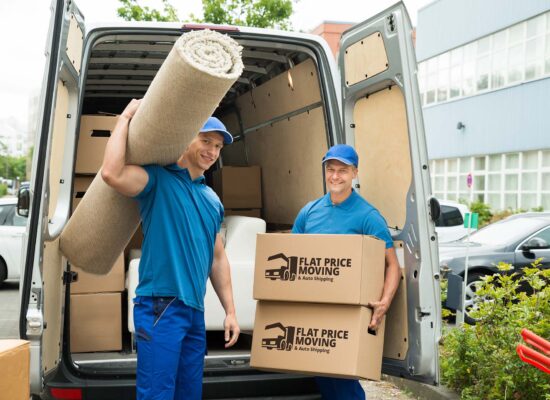How to Pack Knives Safely for Moving – 10 Professional Tips
When you’re preparing for a big move, knowing how to pack knives safely is crucial. Our 10 professional tips ensure that valuable cutlery is securely packed, protecting both the blades and those handling them. Whether you’re a seasoned chef with a collection of fine knives or simply looking to transport kitchen essentials, these strategies will guarantee that your knives reach their destination in perfect condition.
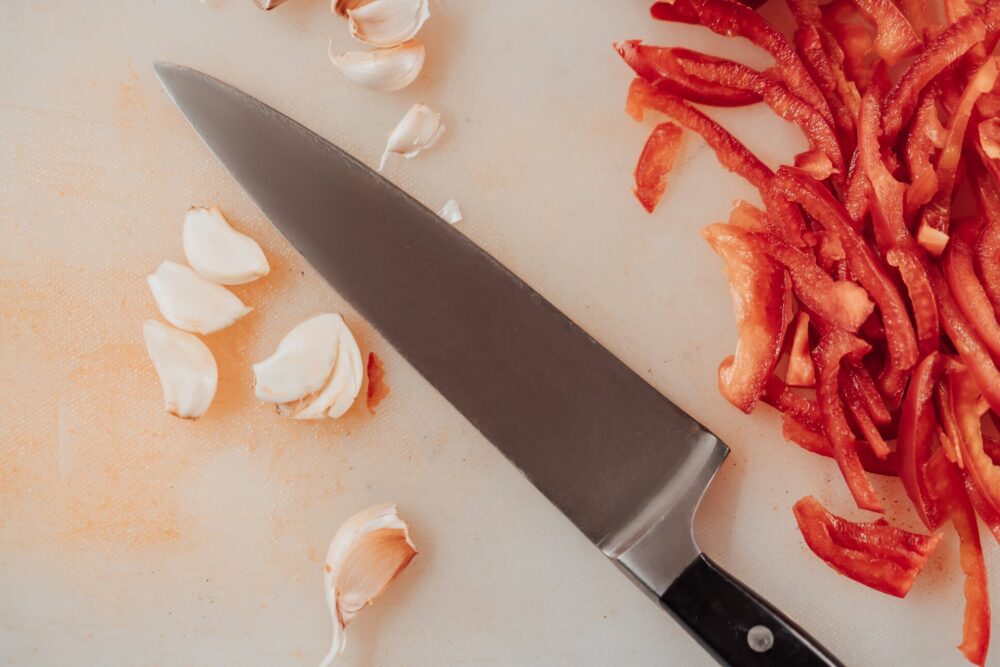
How to Pack Knives for Moving
Packing knives safely for moving requires a careful approach to ensure both efficiency and safety. To pack efficiently, start by securing each knife in a blade guard or wrapping them individually in packing paper. Use sturdy boxes and separate the knives from other utensils to prevent accidents.
Label these boxes clearly as ‘sharp objects’ for easy identification. Cushion the knives with bubble wrap or towels for extra protection. Ensure they are tightly packed to avoid movement during transit. Follow these effective tips and enjoy a stress-free moving experience, knowing the knives are well-protected and ready for use in the new home.
Tip 1 – Choose the Right Packing Materials
Selecting different packing materials is essential for organizing and transporting items safely. For knives, specific materials play crucial roles. Blade guards or sheaths are vital for each knife, ensuring edges remain sharp and preventing accidents.
Bubble wrap offers additional protection, cushioning the blades during transit. Sturdy boxes, preferably of medium size, are ideal for containing the wrapped items, maintaining their integrity, and facilitating easy handling.
Packing paper or kitchen towels can be used to fill any gaps, keeping the contents secure and immobile. These materials, when used thoughtfully, contribute significantly to a smooth and efficient organizational process for relocating items to a new home.
Tip 2 – Clean and Inspect Knives Before Packing
As part of the move-out cleaning process, it’s crucial to clean and inspect knives before their relocation. This step not only maintains the knives’ condition but also ensures safety during handling. Thoroughly cleaning each knife prevents the risk of rust and damage, particularly important in humid environments or long-term storage.
On top of this, inspecting for any existing damages, such as nicks or loose handles, should be a priority on the relocation to-do list. Addressing these issues before the relocation can prevent further deterioration and ensure that the knives arrive in optimal condition. This proactive approach not only preserves the knives but also contributes to a more efficient transition.
The best approach to cleaning knives is shown in the video below.
Tip 3 – Use Blade Guards or Knife Rolls
To mitigate anxiety about moving out, it’s important to safeguard cutting tools. Blade guards and knife rolls are indispensable for this task. Blade guards, which fit snugly over the edges of cutlery, offer an individual layer of protection, keeping the sharp edges securely covered. Knife rolls, on the other hand, provide a compact and organized way to transport multiple pieces.
They not only prevent direct contact between the blades but also make it easier to keep track of your collection. Incorporating these items into the preparation for a relocation ensures that the cutlery is not only well-protected but also neatly organized, simplifying the process of unpacking and setting up the new space.
Where Can You Get Blade Guards and Knife Rolls?
As the time to move approaches, finding the right accessories to improve the future home‘s kitchen setup becomes important. Blade guards and knife rolls can be easily sourced from kitchenware stores or online marketplaces. These stores often offer a variety of options, catering to different sizes and types of cutlery.
Online platforms provide the convenience of browsing a wider range without leaving home, often with customer reviews to guide your choice. Specialty culinary shops might offer high-quality, durable options for those looking to invest in long-lasting kitchen tools. Whether purchased in-store or online, these accessories are crucial for safe transport and organized storage.
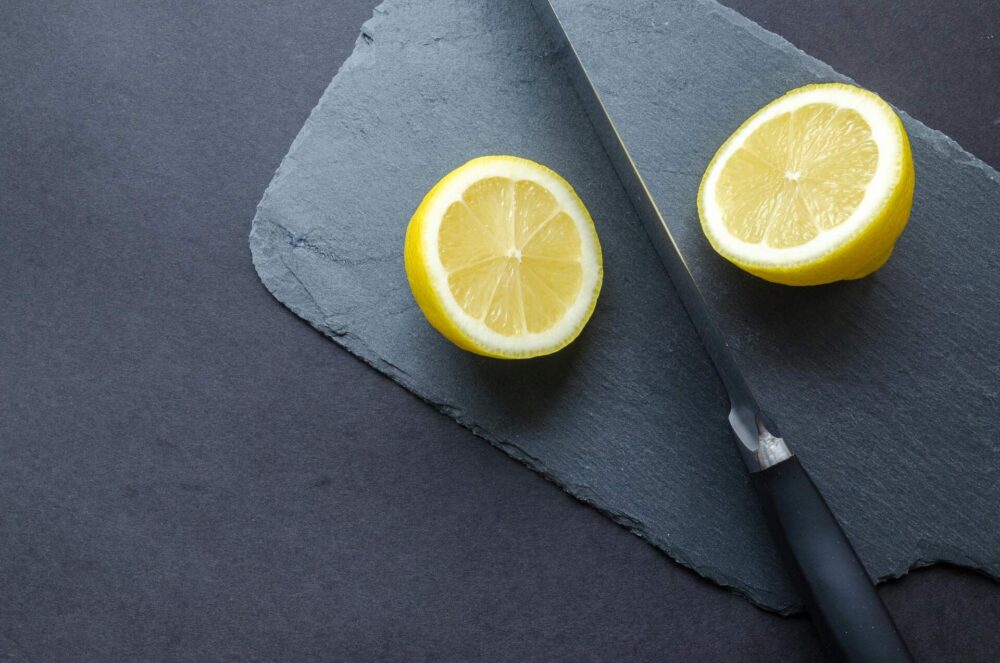
Tip 4 – Wrap Each Knife Individually
When it’s time to pack silverware for a successful long-distance relocation, wrapping each piece of cutlery individually stands as a critical step. This practice involves using packing paper or bubble wrap to securely envelop each item, providing a protective layer against scratches and damage.
It’s particularly important for items with sharp edges, ensuring their points and edges are safely covered. This individual wrapping not only protects each piece but also minimizes the risk of injury when unpacking at the new location. This methodical approach is a key element in ensuring the safe transport of delicate kitchen items.
Tip 5 – Pack Knives Horizontally in Boxes
Among essential packing tips for moving, placing each piece of cutlery horizontally in boxes is crucial to make relocation easier. This method involves laying each wrapped item flat on the bottom of a sturdy box, side by side, to prevent them from shifting and clashing during transport.
If multiple layers are necessary, use bubble wrap or towels between each layer for added protection. This arrangement distributes the weight evenly and reduces the risk of damage, both to the items and to anyone handling the box.
The Importance of Placing Each Piece of Cutlery Horizontally in the Box
Getting organized to relocate involves meticulous planning, especially when it comes to kitchen essentials. Laying each piece of cutlery horizontally in a box is a best practice for several reasons. This orientation minimizes pressure on the delicate edges, preserving their sharpness and integrity.
It also prevents the items from becoming entangled or causing accidental punctures, ensuring safety during unpacking. On top of this, it makes optimal use of space, allowing more items to fit securely within a single box. The risks associated with transporting these items are significantly reduced, contributing to a smoother, more efficient moving process.

Tip 6 – Fill Empty Spaces in Boxes
One of the easiest ways to pack for a move, especially to manage last-minute moving chaos, is to effectively fill any empty spaces in boxes. This erases the problem of organizing the box appropriately, just by making sure there won’t be any shifting inside the box.
It can be accomplished using packing peanuts and crumpled paper. After placing horizontally laid, individually wrapped items in a box, any remaining voids should be filled with these materials. Packing peanuts are lightweight yet effective in keeping items from shifting, while crumpled paper offers an eco-friendly alternative.
How This Prevents Potential Unwrapping
Filling empty spaces in boxes is a key tactic when preparing to move to another state, as it significantly reduces the risk of movement and potential unwrapping of items. For example, imagine a box of carefully wrapped culinary tools.
In transit, without proper cushioning, these items could shift, leading to unwrapping and exposure of sharp edges. By filling these gaps with packing peanuts or crumpled paper, each item remains securely in place, maintaining its protective wrapping. This method acts as a buffer against jolts and vibrations encountered during transport.
Tip 7 – Create a Customized Cutlery Organizer
In addition to traditional packing methods, creating a customized cutlery organizer can add an extra layer of protection. This can be done by using a piece of sturdy cardboard or thin foam board, cutting slots, or pockets that fit the shape and size of each piece of cutlery.
This DIY organizer can then be placed inside a box, ensuring each item remains securely in its designated slot. This method not only prevents movement and potential damage but also makes unpacking in the new kitchen effortless.
It’s a creative and personalized approach to packing, turning a routine task into an opportunity for innovative problem-solving. Plus, this homemade organizer can be repurposed in the new kitchen drawers, adding a touch of custom organization.
Tip 8 – Clearly Label Boxes Containing Knives
Properly labeling boxes is an essential step in the packing process, especially for items requiring careful handling. Using bold, clear relocation labels on boxes containing cutlery ensures that everyone involved in the moving process is aware of the contents. Options for labeling include using bright colored markers to write directly on the box, or using pre-printed labels that clearly indicate ‘Fragile’ or ‘Handle with Care’.
Fun fact – The practice of labeling moving boxes dates back to the early days of organized transport, where symbols were used to indicate the nature of goods. Today, this practice has evolved into specific labeling for better handling and organization.
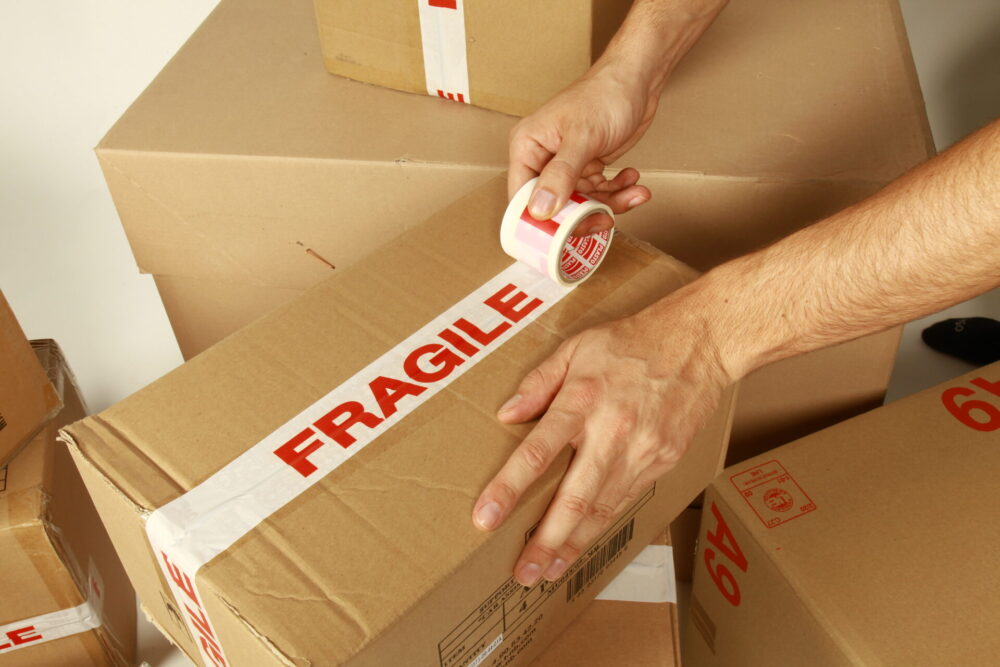
Tip 9 – Keep Knife Boxes Separate from General Items
Boxes containing cutlery should be kept separate from general household items. This is crucial to prevent heavy objects from crushing or shifting onto these boxes, which could lead to unwrapping or damage.
A good practice is to designate a specific area in the moving truck, such as a corner or a shelf, where these boxes can be securely placed. Ideally, they should be positioned on top of heavier, more stable items and away from items that could spill or leak.
This placement ensures that the boxes remain stationary and protected throughout the journey, reducing the risk of accidents and preserving the condition of the cutlery until it reaches its destination. This thoughtful organization not only protects the items but also makes the unpacking process easier.
Tip 10 – Consider Professional Packing Services for Expensive or Heirloom Knives
For those with particularly valuable or heirloom cutlery, investing in professional packing services offered by a long-distance moving company can be a wise decision. These specialized services ensure that each item is handled with the utmost care and expertise.
When investing in long-distance movers, you’re investing in high-quality packing materials and techniques suited for delicate and high-value items. They can provide customized solutions, like climate-controlled packing or reinforced containers, to protect against environmental factors during transport.
Opting for professional assistance takes the burden off your shoulders, significantly reducing the risk of damage or loss. This investment in long-distance moving services not only ensures the safety of the prized cutlery but also adds a layer of convenience and peace of mind, making the transition smoother and stress-free.
Moving Services
Whether you are moving from New York to Los Angeles or from San Francisco to Chicago, we can help you.
Read moreStorage Service
Knowing what kind of surprises cross country move may hold, we offer 30 day free storage for belongings at the origin state.
Read moreAuto-Transport
If your first concern is having your vehicle transported safely and efficiently, enclose shipping is the way to go.
Read moreNow That You’re Prepared, Reach Out to the Best Cross-Country Movers
With your preparations complete, it’s time to contact the experts at Flat Price Auto Transport and Moving, a leading auto transport company. Whether it’s a cross-country moving endeavor or the need for a reliable car shipping company, we offer tailored solutions to meet your specific requirements.
Our team of professionals ensures a seamless experience, handling your belongings with the utmost care and efficiency. Flat Price Auto Transport and Moving stands out in the industry for their commitment to quality and customer satisfaction. Contact us today to ensure your move is as stress-free as possible, backed by the expertise of one of the best in the business.
FAQ
How Do You Pack Cutlery for Moving?
So, what is the ideal advice on how to pack kitchen knives? Packing kitchen cutlery for moving involves careful consideration for safety and preservation. Firstly, wrap each piece individually using packing paper or bubble wrap to protect the edges. Blade guards or knife rolls are also highly recommended. Then, place them horizontally in a sturdy box and fill gaps with crumpled paper or packing peanuts to prevent movement. Clearly label the box to indicate its contents and handle it with care. This approach ensures your cutlery is safeguarded throughout the moving process.
How Are Knives Transported?
In transportation, knives must be handled with extreme caution to avoid accidents and damage. Each piece should be individually wrapped and cushioned, ideally in a knife roll or with blade guards. For added security during transport, it’s advisable to place them in a hard case or a sturdy box with ample padding. This prevents movement and potential unwrapping, ensuring the items remain secure and intact.
How Do You Safely Store Knives When Not in Use?
Safe storage of knives when not in use is essential for maintaining their condition and ensuring safety. Knife blocks, magnetic strips, or dedicated drawer inserts are ideal for storing them safely. These storage solutions keep the blades separate, prevent dulling, and reduce the risk of accidental cuts when reaching for them.
Is It Bad to Store Knives in a Drawer?
Storing knives in a drawer without proper organization can be bad for both the cutlery and user safety. It can lead to dulling of the blades as they rub against each other or other utensils. However, using a drawer with a specifically designed knife organizer or insert can mitigate these risks, keeping each piece securely in place and maintaining its sharpness and condition.



